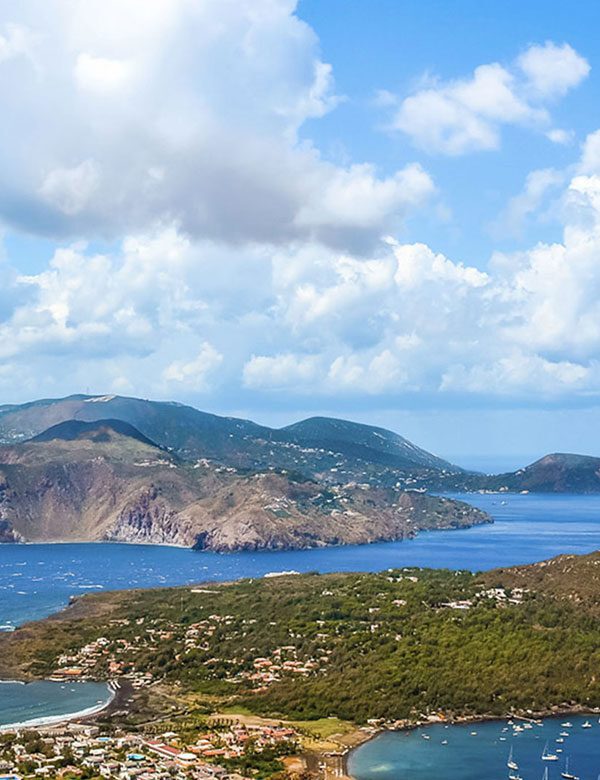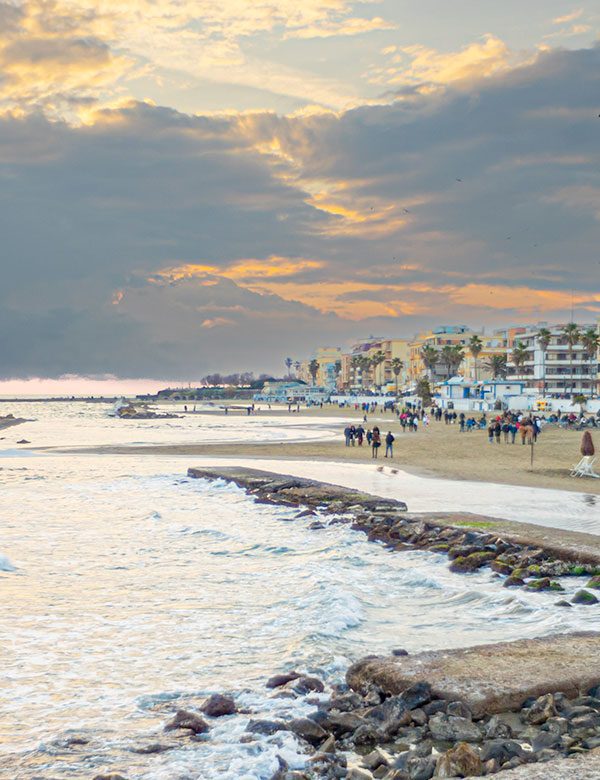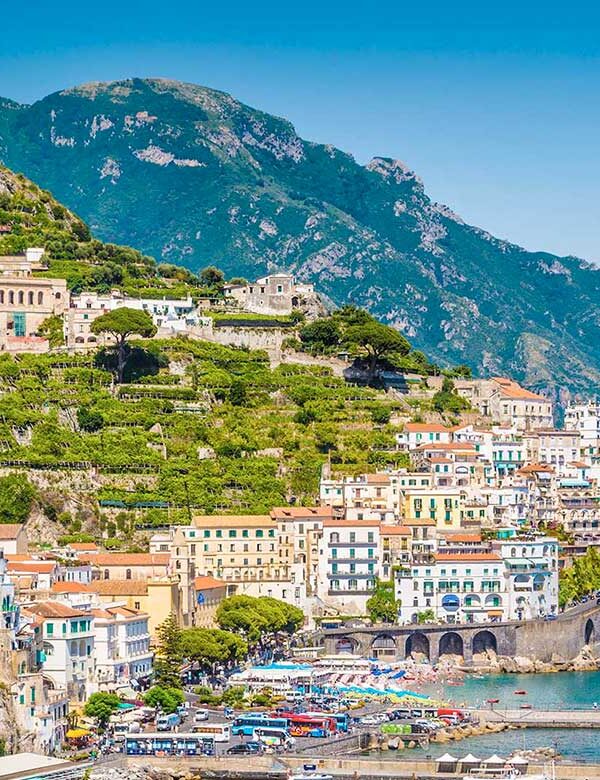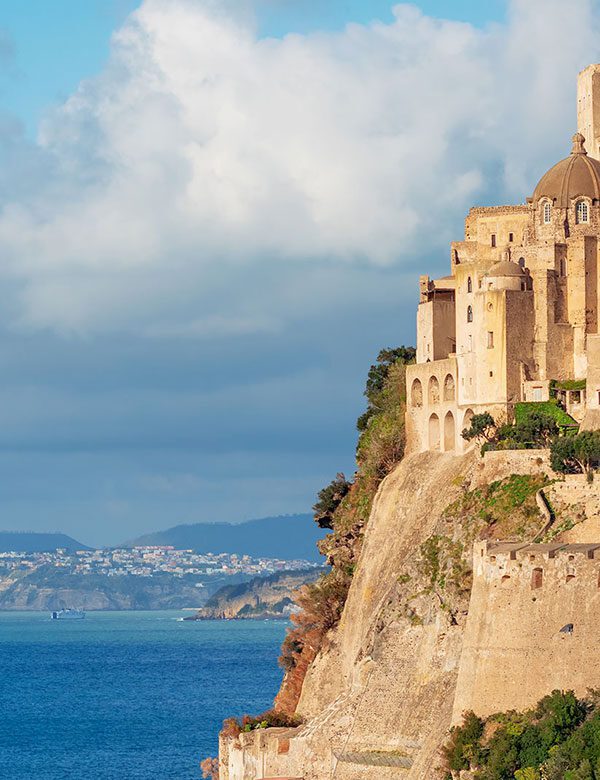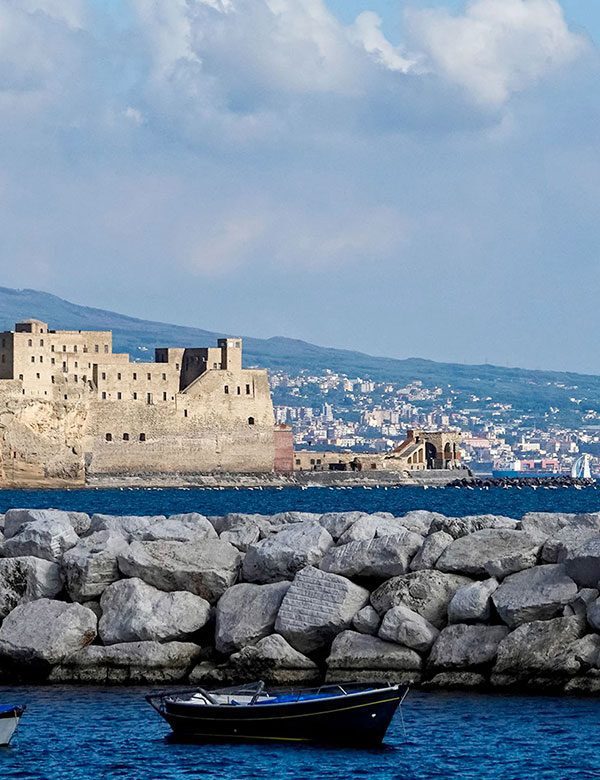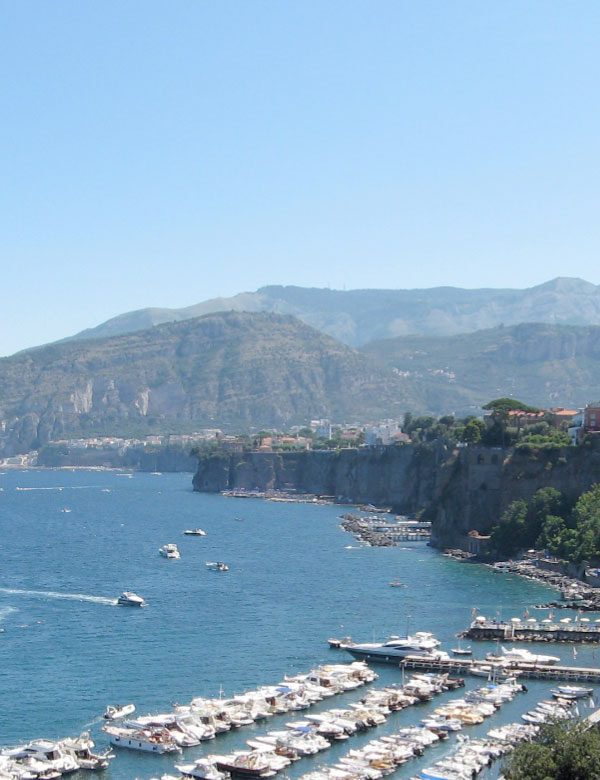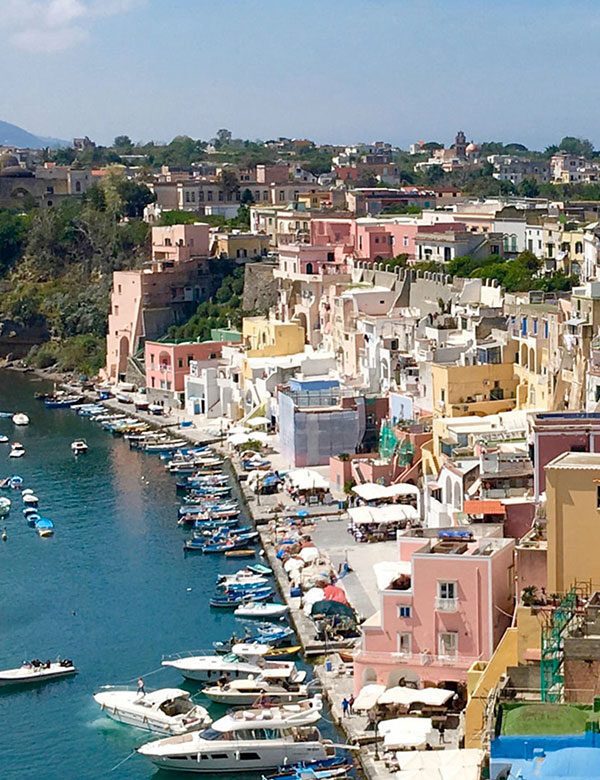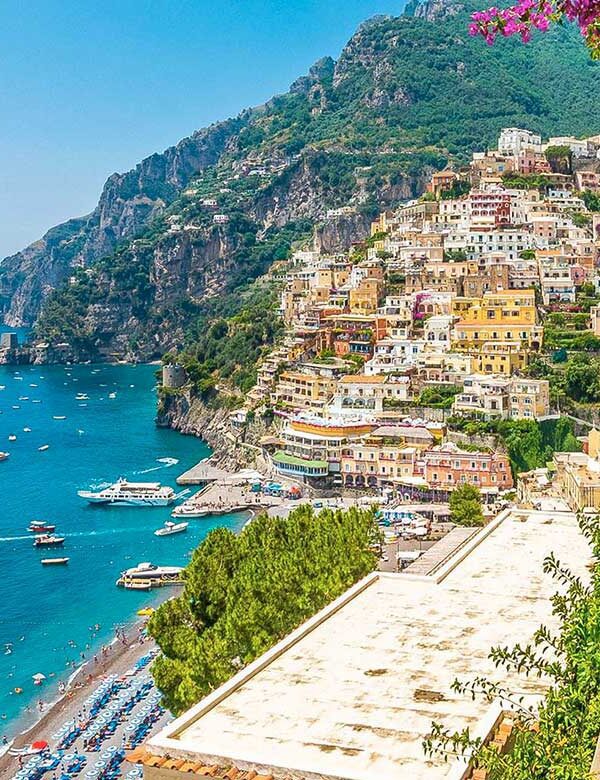VICO EQUENSE E SEIANO
It is the entrance to the Sorrento Coast. The first and largest in terms of territory of the towns on the north-western side of the peninsula formed by the Monti Lattari chain. Vico Equense rises on a block of tufa covered by thick vegetation down to sea level.
Behind it, rise the magnificent Monte Faito and Monte Sant'Angelo and Tre Pizzi, whose peaks reach the greatest height of the Lattari. On the slopes of the two mountains are nestled the hamlets of Vico, no less than thirteen in number, one of the characteristic attractions of this peninsular locality. Highest of all is Moiano; the oldest, dating back to the 9th century, is Massaquano; in Arola, in addition to the ancient Camaldolese hermitage, the parish church of ant'Antonino is the largest in the area. On a hill between the territories of Vico and Meta di Sorrento, among the most populated hamlets, Seiano is a well-known tourist destination for its location and its churches.
Overlooking the sea, the historic centre of Vico preserves the original medieval layout in all its charm. An obligatory stop on a stroll through the village streets is the ancient cathedral dedicated to the Santissima Annunziata. Apart from its 18th-century Baroque façade, it is the only example of a sacred building on the Coast in Gothic style, confirming that it was built in the first half of the 14th century. Of great value are the works of art adorning the interior spaces, where the enlightened philosopher Gaetano Filangieri is buried. And not to be missed is the spectacle of the gulf and the islands that can be admired from outside the former mother church. Instead, the Sanctuary of Santa Maria del Toro, linked to a miraculous event, dates back to the 16th century.
Majestic and imposing, there is also a castle in Vico dating back to the Angevin period, which for two centuries has been named after the last family to own it, the Giusso family. Over time, the monumental complex has undergone transformations and extensions that, after initially enhancing its military function as a fortress, by the mid-16th century were aimed at making it a welcoming noble residence.
The Holy Trinity convent houses the Mineralogical Museum of Campania, which holds thousands of mineral samples from all over the world. The archaeological finds from the excavation of a necropolis dating back to the 7th-5th centuries B.C. are exhibited in the Antiquarium- Among Vico's attractions is also the Scrajo spa, founded in 1895 on the site of a hot spring that was already frequented in imperial times. Born as a fishing village, Vico has maintained a strong link with the sea. The area offers numerous beaches, including Marina di Vico and Marina di Seiano. While scuba diving enthusiasts can enjoy the wonders offered by the famous Banco di Santa Croce.
 Hello Alilauro 0814972238
Hello Alilauro 0814972238 








